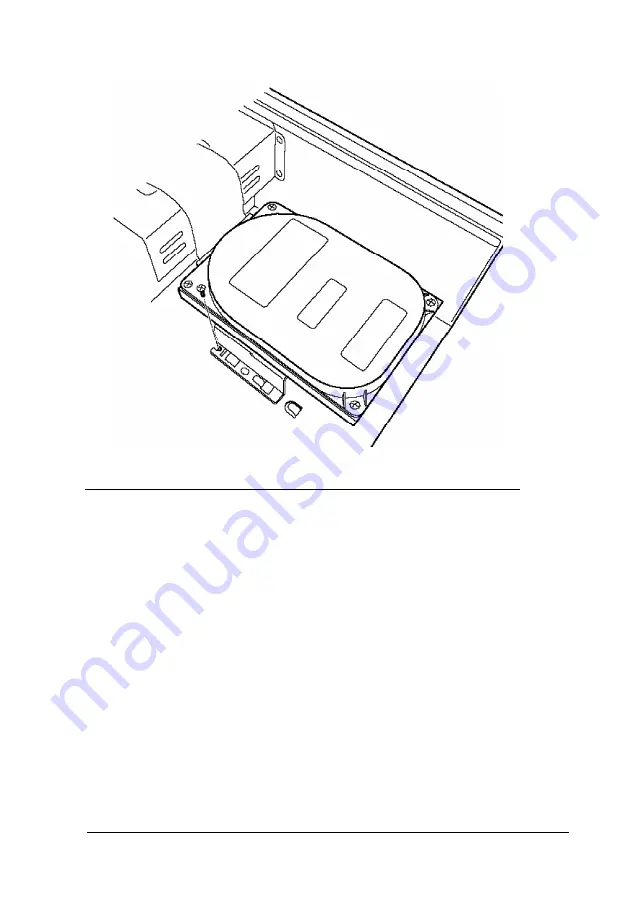
Removing a Hard Disk Drive From the Internal
Drive Bay
To remove a hard disk drive, reverse the installation steps
outlined above. Then disconnect the hard disk drive ribbon
cable and the power supply cable from the back of the drive.
When you disconnect the cables, grasp the connectors and pull
them straight out so you do not bend the pins; do not pull on
the cables. Use the screws to again secure the hard disk drive
mounting bracket to the base of the computer.
Installing and Removing Drives
5-13
Summary of Contents for EL 486UC+
Page 1: ...EPSON User s Guide 663 This manual is printed on 50 recycled paper 10 post consumer content ...
Page 119: ...Hard Disk Drive Types A S Specifications ...
Page 123: ...Serial port connector pin assignments CN4 and CN5 DMA Assignments A 12 Specifications ...
Page 124: ...Hardware Interrupts Specifications A 13 ...
Page 125: ...System Memory Map I A 14 Specifications ...
















































